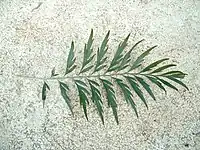
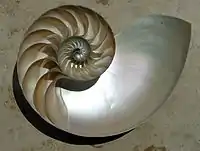
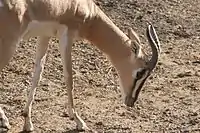
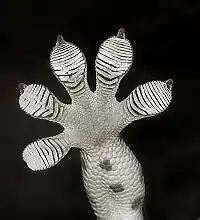
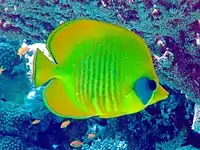
Contents
- Introduction to the Science of Biology -

- What are living creatures made of? (Cells) -

- How are living things named? (Taxonomy) -

- What is everything made of? (Atoms and Molecules) -

- How do plants make food? (Photosynthesis) -


- What's really going on in there? (Metabolism) -

- How do living things grow? -
- How are babies made? (Human reproduction) -

- How do parents pass things on to their children? (Genetics) -

- Why do species change over time? -

- How do viruses make people sick? -

Laboratory Manual
![]()
- 2. Osmosis lab -

- 3. Organic Chemistry -

- 4. Fermentation Lab -


- 6. DNA lab -

- 7. Sugar Crystal Lab -

Teachers Laboratory Guide
- 4. Fermentation Lab-


- 6 DNA lab -

- 7. Sugar Crystal Lab -

Index
Key
Some topics have pages with more than one difficulty level. The Leaf Icons show what levels are available for each topic.
![]()
![]()
![]()
Audio version available.
This article is issued from Wikibooks. The text is licensed under Creative Commons - Attribution - Sharealike. Additional terms may apply for the media files.